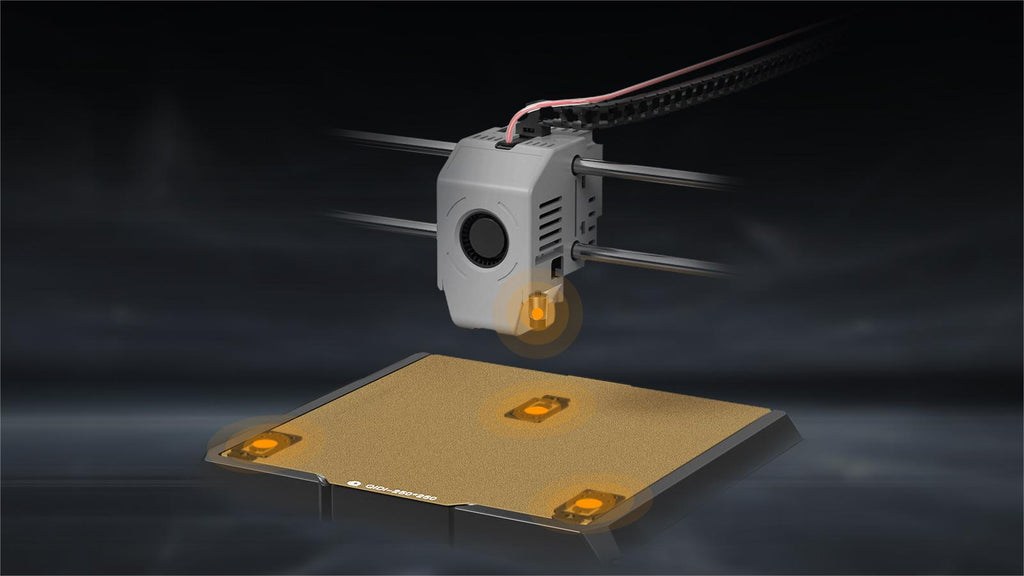3D printing has revolutionized the way we create objects, allowing us to turn digital designs into physical items. However, achieving perfect prints requires precise calibration, particularly when it comes to leveling the printer bed. In this guide, we will delve into the fundamentals of leveling your 3D printer bed to ensure flawless prints every time.

Understanding the Importance of Bed Leveling
Before we delve into the nitty-gritty of bed leveling, it's crucial to understand why it's so important. A level bed ensures that the first layer of your print adheres properly to the build surface, leading to better adhesion and overall print quality. Without proper bed leveling, you may encounter issues such as warping, poor bed adhesion, and misaligned layers, ultimately resulting in failed prints.
Types of Printer Beds
There are various types of printer beds, including heated beds, glass beds, and magnetic beds, each requiring different leveling techniques. For instance, heated beds may require adjustments at different temperatures, while glass beds need to be leveled to accommodate their flat surface. Understanding the type of bed your printer has is essential for implementing the correct leveling method.
The Leveling Process
Now, let's walk through the actual process of leveling your 3D printer bed. Most printers have either manual or automatic bed leveling capabilities. For manual leveling, you will typically adjust the bed using knobs or screws located at the corners or midpoint of the bed. Automatic bed leveling, on the other hand, utilizes sensors to measure the distance between the nozzle and the bed, making adjustments as necessary.
Regardless of the method, the basic principle remains the same: you want to ensure that the nozzle is at the optimal distance from the bed to facilitate proper adhesion. This may involve using a piece of paper or a feeler gauge to gauge the distance between the nozzle and the bed, making adjustments until the desired level is achieved.
Troubleshooting Bed Leveling Issues
Even with the most meticulous leveling, you may still encounter issues during printing. Common problems include uneven first layers, poor bed adhesion, and inconsistent extrusion. In such cases, it's important to revisit the leveling process and make necessary adjustments. Additionally, factors such as bed material, print speed, and nozzle temperature can also impact the printing process, so it's essential to consider these variables when troubleshooting leveling issues.
By following this beginner's guide to leveling your 3D printer bed, you can ensure that your prints are of the highest quality, free from imperfections caused by improper bed leveling. Remember, achieving the perfect print is a continuous learning process, and with practice, you'll become adept at calibrating your printer for flawless results.





